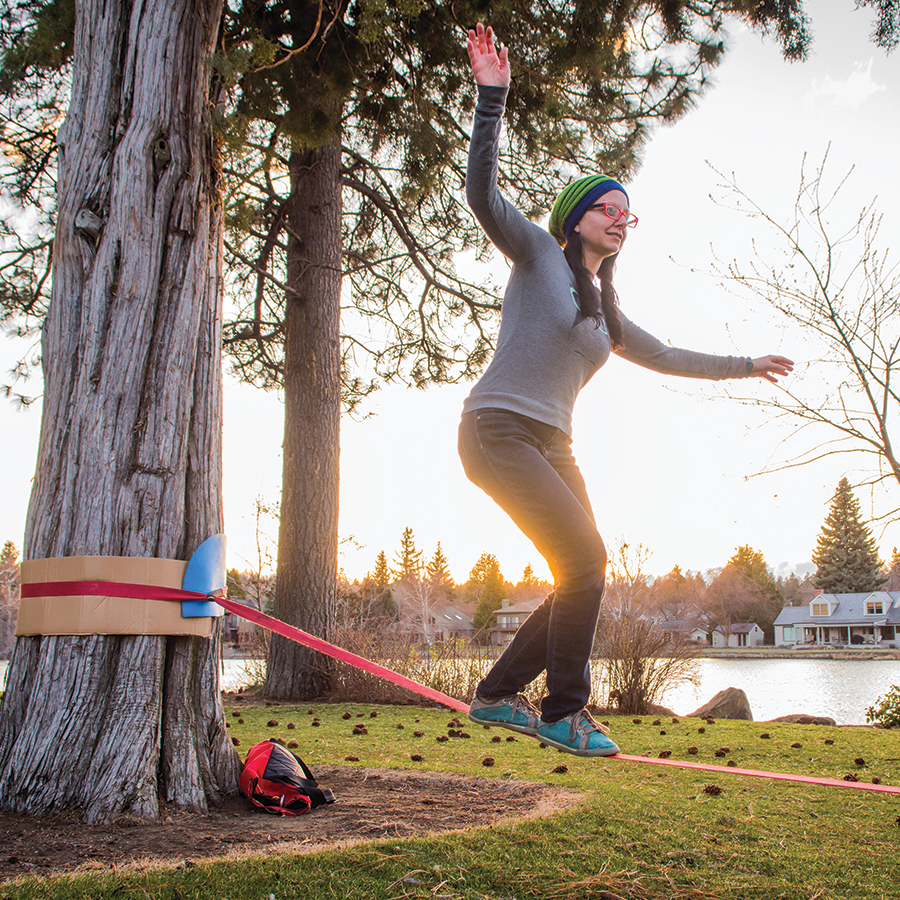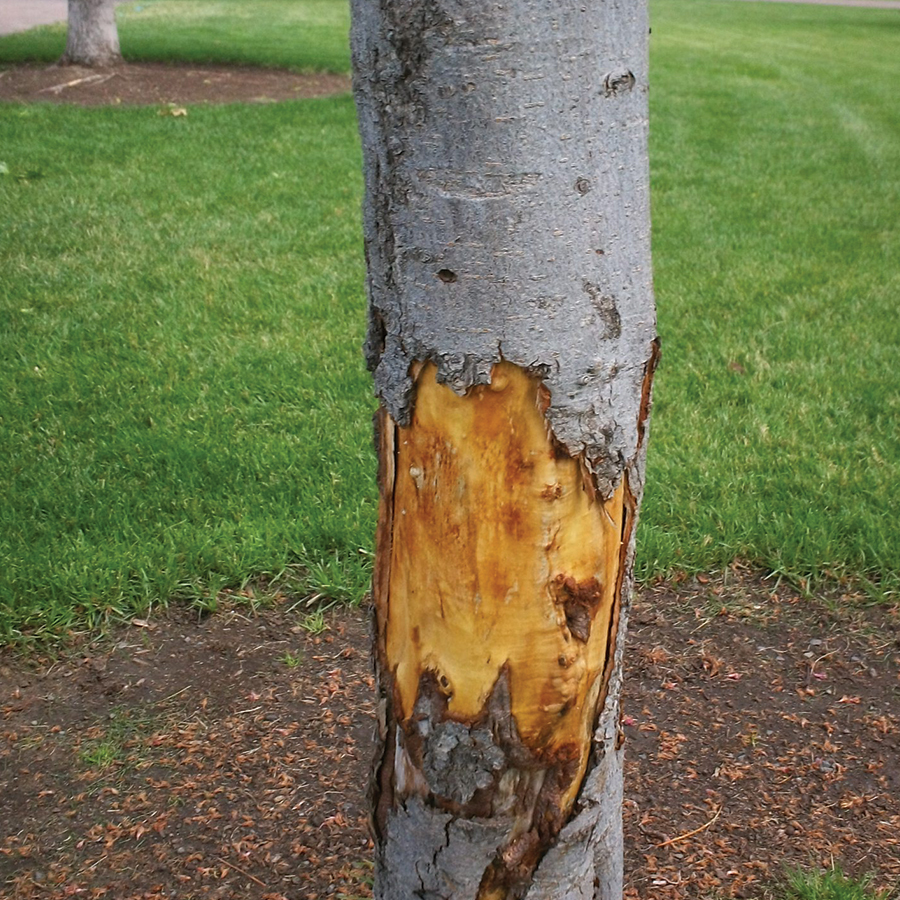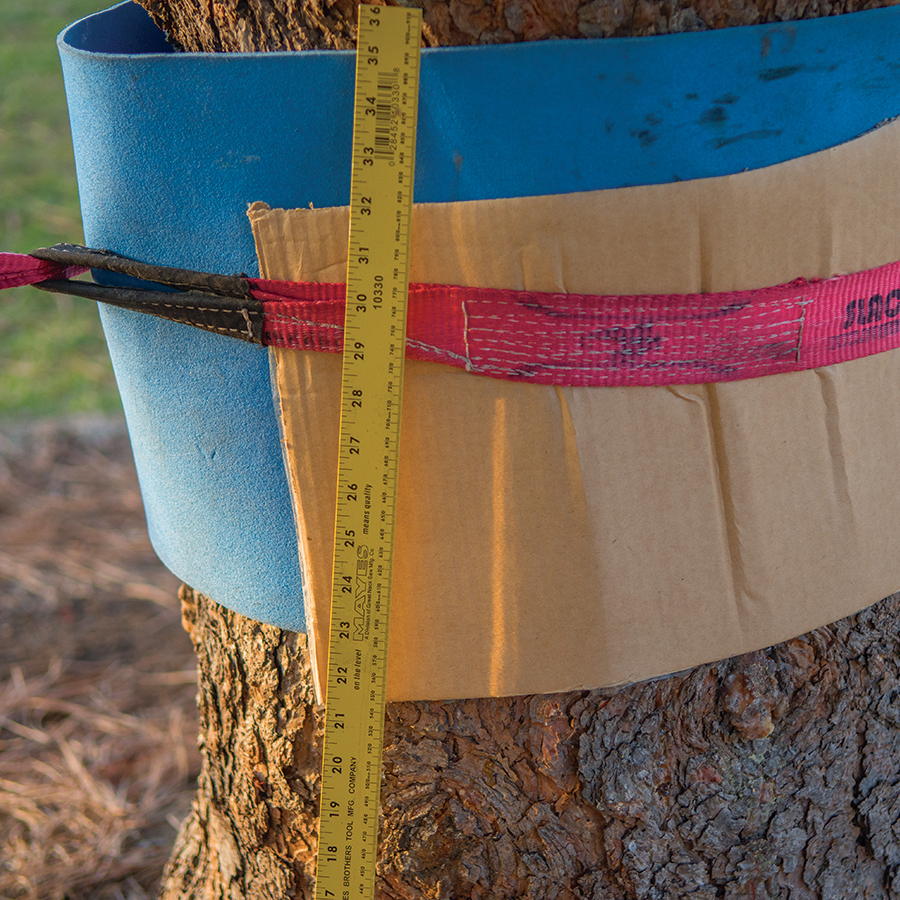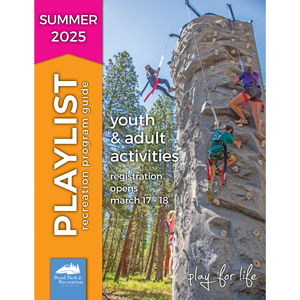Summer! The sun is out, the air is warm and it’s time to dust off that hammock or slackline and enjoy all that BPRD parks have to offer. While using a slackline and hammock are allowed in parks, it is important to take the appropriate precautions to enjoy the park responsibly. Did you know that the District has specific guidelines about how to properly hammock or slackline in a park? In recent years, slacklining and hammocking has rapidly increased in popularity. Guidelines are in place not only to make parks available for everyone to safely enjoy today, but also to ensure that parks and their features will be there for all of us to enjoy in the future.
Bend Park and Recreation District
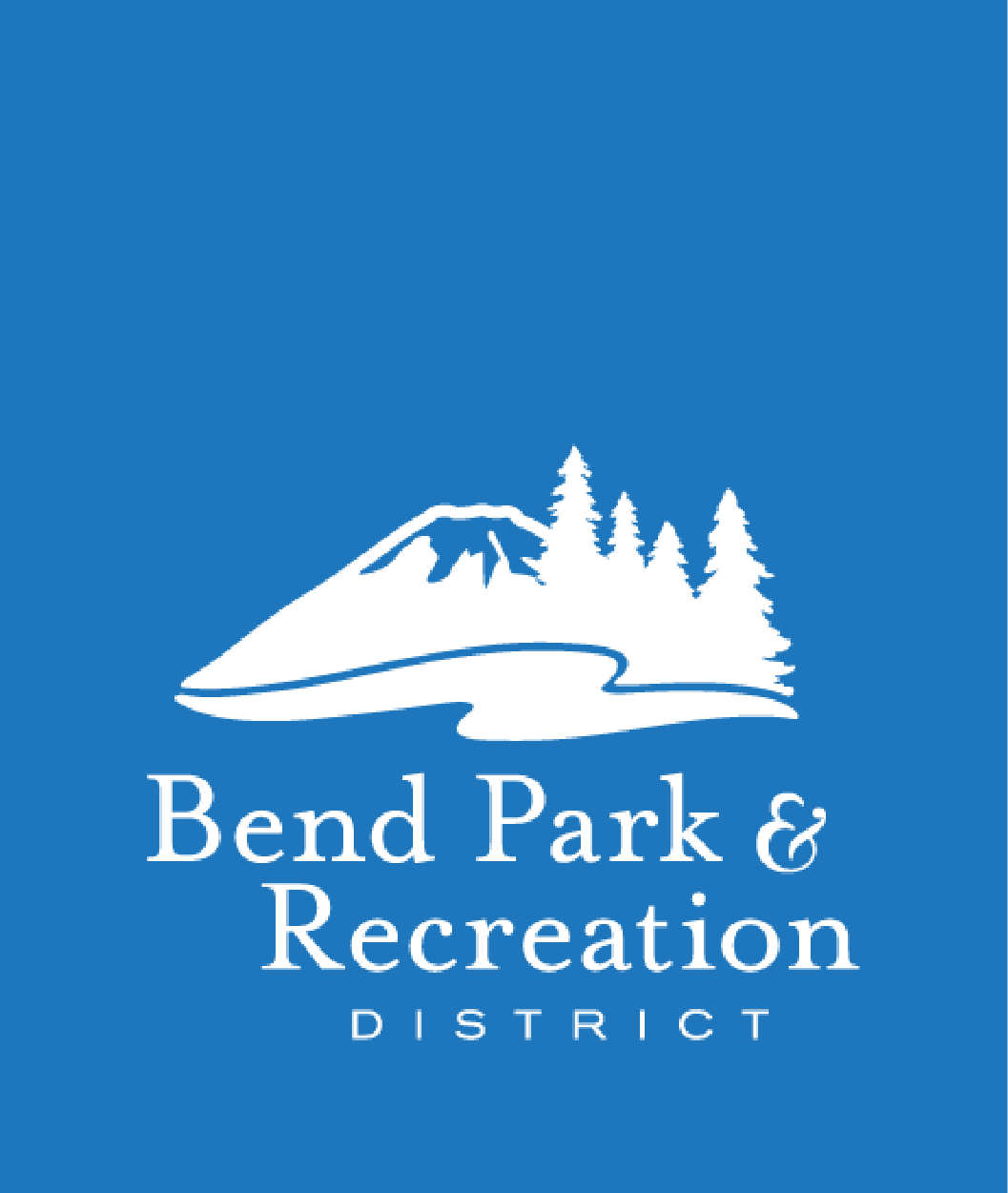
- fitness & swim
-
-
Hiring Lifeguards
Hiring Lifeguards
-
- parks & trails
-
-
Work for BPRD
Work for BPRD
Work for BPRD
-
- activities
-
-
By Category (A-M)
-
- facilities
-
- about
-
-
- Contact Information
- How To Register
- Air Quality and Operations
- Delays and Cancellations Report
- Accessibility
- Advancing Diversity, Equity and Inclusion (DEI)
- Board of Directors & Meeting Info
- Lost and Found
- Recreation Scholarships
- Servicios en Español
- Planning and Development
- Employment
- Volunteer with BPRD
- Public Health Advisory: COVID-19
-
 Playlist
Playlist Calendar
Calendar Board
Board News
News Jobs
Jobs Volunteer
Volunteer
- Register
- Overview
- Features
- Fees
- Rules
- Schedules & Events
- Swimming
- Fitness
- Parties & Rentals
- Childcare
- Pool Cover Update
- Contact Information
- How To Register
- Air Quality and Operations
- Delays and Cancellations Report
- Accessibility
- Advancing Diversity, Equity and Inclusion (DEI)
- Board of Directors & Meeting Info
- Lost and Found
- Recreation Scholarships
- Servicios en Español
- Planning and Development
- Employment
- Volunteer with BPRD
- Public Health Advisory: COVID-19
- home
- Parks & Trails
- Slacklining in Parks
Slacklining in Parks
Event


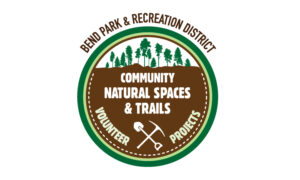

Volunteer Project Day – Weed Pull at Discovery Park West, Natural Area
Saturday, August 16
8:00AM - 11:00AM


Registration
Trees Feel the Effect
One of the biggest impacts that hammocks and slacklines have in the parks lies in the damage they can do to trees. As the anchor material that is tethered to the tree fluctuates (due to either bouncing on the slackline or rocking in a hammock), it can cause significant wear on the outer layer of the trees’ bark. Since the outer layer of bark is a tree’s first line of defense, damage to the bark needs to be avoided to help prevent susceptibility to insects and disease thus jeopardizing the tree’s life. It is important that we all work together to protect the trees.
Pad Your Line & Hug the Tree
Luckily, there are some simple solutions that can help protect trees so everyone has the opportunity to enjoy them for years to come. First, always use padding between your anchor material and the tree. To be effective, the padding needs to cover everywhere that your line comes in contact with the tree, think of it as giving the tree a good, solid hug. Many slackline manufacturers make padding that you can purchase, but padding can be as simple as a blanket or piece of carpet. In addition, anchoring is only allowed to juniper or ponderosa trees that are at least 18 inches in diameter as these trees will be strong enough to support you and your friends. Never anchor to signs, fencing, light poles, playground equipment or any park structure. Not only is this a safety concern and against park rules, but it can cause significant damage.
Slackline & Hammock Guidelines
People are welcome to slackline and use hammocks in Bend’s parks when following these guidelines:
- Tree trunks must be protected with padding, blankets or carpet placed between the tree and the anchor line. Ensure that the tree trunk is fully protected and no bark is exposed to the anchor line.
- Use only Juniper or Ponderosa trees and only those that are at least 18 inches in diameter. If you need help identifying appropriate trees, please call Park Services.
- Use only nylon webbing.
- Lines may be no higher than 30 inches above the ground and no longer than 80 ft.
- Trees may not be damaged in any way including no cutting of branches, use of screws or nails, etc.
- Slacklines and hammocks may not be left unattended.
- For visibility, mark the slackline with bright ribbons and use a spotter at all times to ensure public and slackline participant safety.
- Slacklines may be erected for up to 2 hours at a time.
- Ensure slacklines do not obstruct vehicle or foot traffic in the park and do not block trails, walk-ways, roads or parking areas.
- There may be up to three (3) slacklines set up together in one area of a park; additional slacklines areas may be set up at least 100 yards away.
Thank you for helping to keep parks enjoyable for all.
Failure to abide by BPRD Rules and Regulations may result in park exclusion and/or citation.
Slacklining may be restricted from park use if damage is done to park property, other park patron use is negatively impacted or it interferes with park maintenance.
Individuals can be held liable if damage or injury occurs to park property or a person.
